The Auditory System
Our sensory system of hearing is a complicated and sophisticated network of physical movements and neural connections. Look below to hear more.
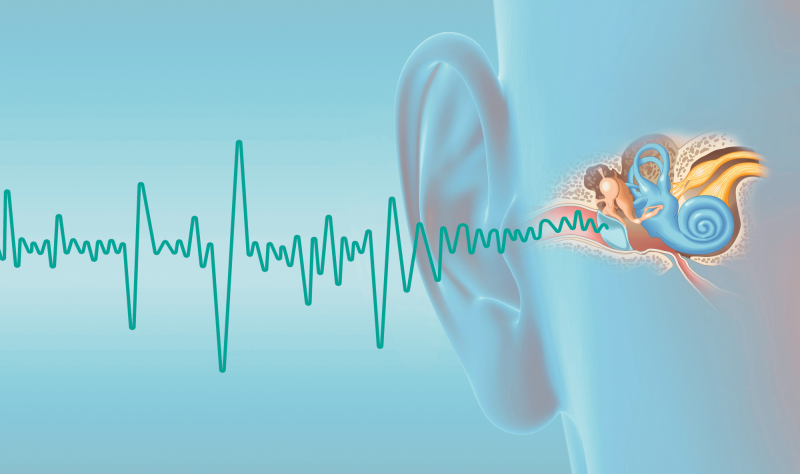
Our sensory system of hearing is a complicated and sophisticated network of physical movements and neural connections. Look below to hear more.

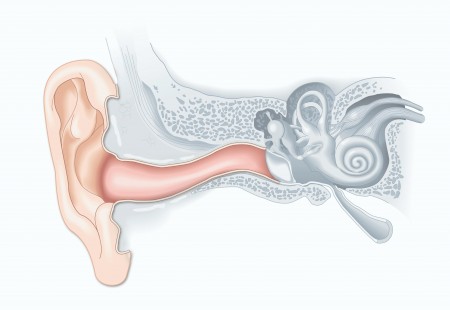
The outer ear is easy to identify - it's the part we can see!
More here >The outer ear is comprised of the pinna (the part that sits on the outside of our head) and the ear canal. The ear canal is where earwax (cerumen) is made and helps protect the ear from infection. It's important to keep earwax where it is, don't use Q-tips or other means to try and remove it, it's easy to hurt the ear and make buildup more likely.
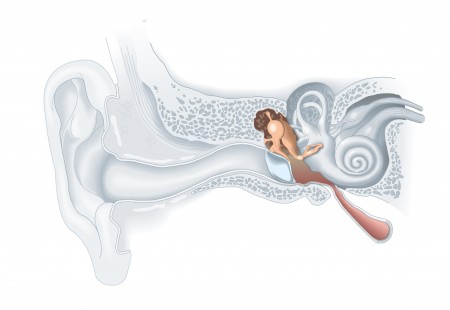
Normally, we can't see inside the middle ear so it's more difficult to imagine how it works.
More here >The middle ear starts with the eardrum (tympanic membrane). It serves the very important function of making sound waves strong enough to move the fluid in the inner ear. It does this by moving the three smallest bones in the body in synchrony with the eardrum. Do you remember the names of those bones? They are the hammer (malleus), anvil (incus), and stirrup (stapes).
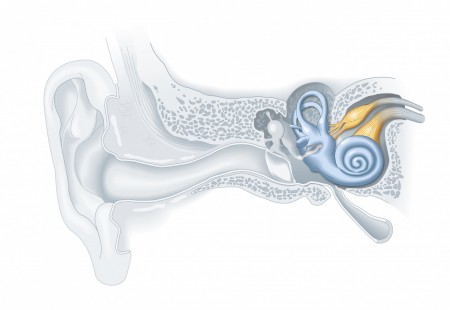
The inner ear is a complex organ made up of thousands of sensory cells.
More here >The three little bones in the middle ear are connected to the inner ear of hearing. The inner ear contains the cochlea, our sensory organ of hearing. It is also home to the vestibular system, our balance center, which is why hearing and balance are so connected.
Inside the cochlea are thousands of tiny cells called hair cells (but not like the hair on your head!). They are responsible for converting sound into an electrical impulse that the nerve can understand.
Did you know that each sensory cell is responsible for a specific pitch (frequency)? It's one of the reasons why we can have different amounts of hearing loss depending on what pitch we hear.
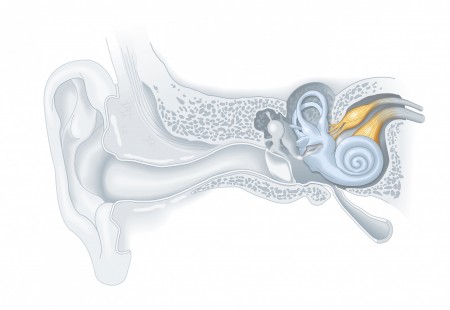
This important nerve bundle takes all the sensory information from the inner ear and sends electrical signals to the brain.
More here >The auditory nerve is the eighth of 12 cranial nerves, nerves that give information about what's happening near our head (like sight, sound, taste, smell, etc.). It sends all the information from the inner ear (and balance system too) to the brainstem, the first processing center for sound.
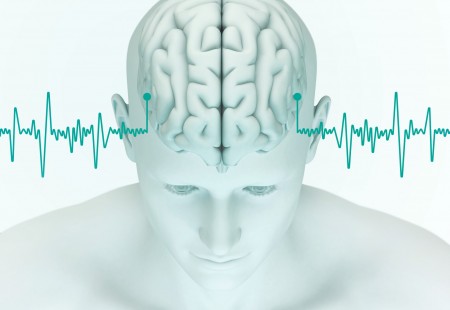
There are five major stopping points sound makes on its way to the brain.
More here >Our auditory system is so complex it requires 5 different processing points before it even makes it to the top part of our brain. During each step, new information about the sound wave is coded so the brain has everything it needs to understand what we hear. Each stopping point is responsible for coding some aspect of the sound such as combining details from both ears or coding the location of the sound.
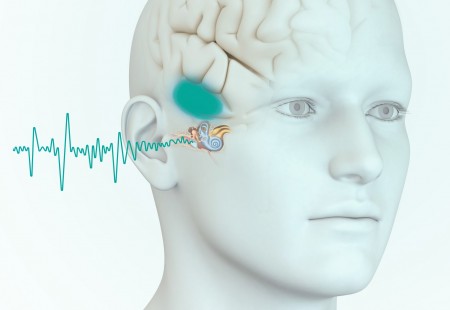
This is where we start to understand and give meaning to all the sound we hear.
More here >The auditory cortex is in the wrinkly part of the brain and this is the stage of processing where we can begin to make sense of all the information our ears are sending. It's a long haul getting here but it all happens within microseconds. At the cortex, we decide what meaning sound has - a voice, a car, a phone call. This allows to react accordingly and send a response.
Great news - a FREE basic hearing check is available to everyone aged 18 and over.